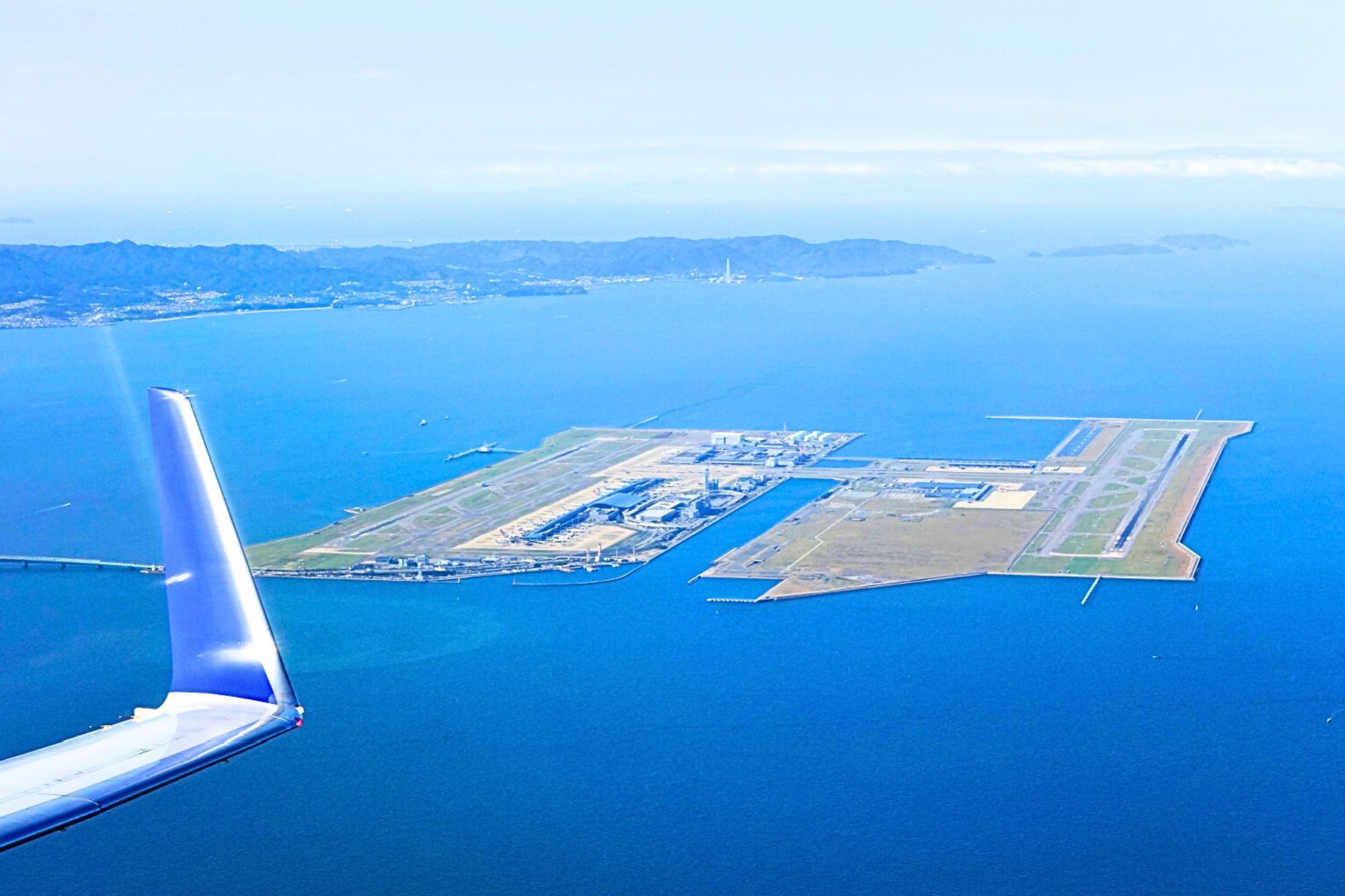
The Kansai International Airport has a very unusual location: the middle of the sea. An artificial island was constructed specially for the airport.

It costed a whopping $20 million and it sees as many as 25 million passengers travel through it each year. The airport flies domestic and international flights, and has an impressive array of shops – such as Chanel, Hermes and Cartier – as well as restaurants, it’s what the airport is like from the outside which is taking social media users’ breath away.

kansai airport
The island is slowly but surely sinking
But there’s a chance the airport will disappear completely in the next few years.
The airport is located in the middle of Osaka Bay off the Honshu Shore in the Greater Osaka Area of Japan. An island – Kankūjima – was specially built to house the airport, the idea of which was first created as a solution to overcrowding at Osaka International Airport. It took 10,000 workers and 10 million man-hours to build.

The island is split into two areas for each airport building – terminal one and terminal two. Terminal one – designed by Renzo Piano – sees international and domestic flights by major airlines’ arrivals and departures and measures a whopping 1.7 km making it the current longest airport terminal in the world. Terminal two is for local flights.
However, despite its success as an airport and the admiration from social media users, the airport has been the subject of controversy. The airport first opened in 1994, and by 2018, it had reportedly sunk a worrying 38 feet, as per the Smithsonian Magazine. It was 25% more than what the engineers had predicted.

But, why?
The weight of the island and the buildings are compressing the seabed silts they’re built on. This means the island is slowly but surely sinking.
Another $150 million was poured into raising the seawall to protect the terminals, however, the island is expected to sink 13 more feet by 2056.
So, is the airport worth the money? Well, according to the officials involved in the project, yes. It connects Osaka to the rest of the world and has succeeded in helping reduce the overcrowding problem at Osaka International Airport.
Some experts say it’s got another 100 years before it totally disappears, while others say it’s closer to 25 years.